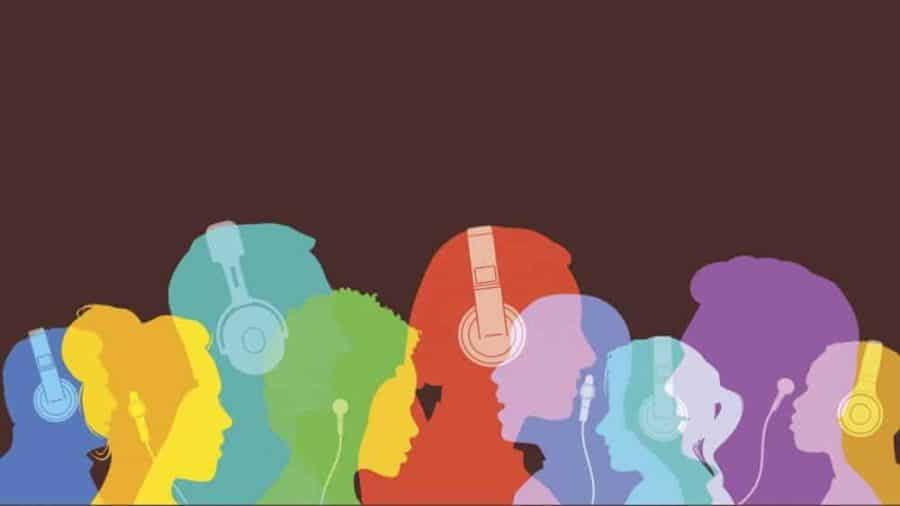Are you a night owl? Then you likely prefer relaxing, low-intensity music. Same thing if it’s wintertime.
Our music choices are influenced by time of day and season, and differ by gender, age and geography, according to a Cornell-led study offering insights into the temporal dynamics of human emotion.
The study found that people of every culture listen to more relaxing music late at night and more energetic music during daytime business hours; the researchers also found that across cultures, people were more likely to listen to less intense music as they got older.
Michael Macy, the Goldwin Smith Professor of Arts and Sciences in sociology and in information science, is senior author of “Global Music Streaming Data Reveals Diurnal and Seasonal Patterns of Affective Preference,” published Jan. 21 in Nature Human Behavior. The first author is Minsu Park, a graduate student in the field of information science and a member of Macy’s Social Dynamics Lab.
Their study analyzed an enormous data set: 765 million online music plays, streamed from Spotify in 2016, by 1 million people from 51 countries. The researchers used Spotify tools rating the musical intensity from “highly relaxing (acoustic, instrumental, ambient and flat or low tempo) to highly energetic (strong beat, danceable, loud and bouncy).”
Almost half of Internet users between ages 16 and 64 stream music during the day. The study found that people in the West tend to play more arousing music, while those in Asia play more relaxing music, consistent with other research reflecting a cultural preference for high- vs. low-arousal positive emotional states.
And while globally women listen to music with lower intensity, particularly in the evening, the researchers found a hemispheric gender difference: In the Southern Hemisphere, women chose music with higher intensity than men; in the Northern Hemisphere, the pattern was the opposite.
A person’s chronotype influences music choice as well: “Night owls” stream music of lower intensity, while “evening people” listen to music with the highest intensity scores. However, the increase in intensity of night owls’ choices for their daytime music choices is proportionately greater than the other chronotypes, which may reflect their use of musical stimulation to help them remain alert during the day, the researchers said.
This was the first study to look at Northern vs. Southern Hemisphere differences in music choice. The researchers found that relaxing music is preferred during cold seasons, while highly arousing music is preferred during warmer seasons. Absolute day length (the interval between sunrise and sunset) was the best predictor of musical intensity, as evidenced by the decrease in seasonal variation found near the equator.
The study did not measure mood itself, but the results are similar to those in an earlier study by Macy and Scott Golder, Ph.D. ’17, of affect in Twitter messages, which the researchers say provides support for the idea that music consumption closely aligns with listeners’ emotions. One striking difference between the studies: The new work found that rousing music is preferred throughout the work day, with no midafternoon mood slump as was seen in the Twitter messages.
The observational study offers no causal explanation for the findings but gives a “more complete picture of the emotional rhythms in human behavior,” the researchers wrote.
“Across the social sciences there’s a lot of interest in the study of emotion and emotional regulation and preferences,” Macy said. “Suddenly we have these data on what music people are choosing to listen to all over the world, and it’s a remarkable opportunity to advance our understanding, empirically, of people’s emotional management based on how they use music.”
And while there are practical applications of the study for the music and streaming industry, Macy said individuals may also use the results to be more strategic in their choice of music to reinforce or influence their emotions.
Park’s summer 2017 internship at Spotify inspired the study. Contributors from Spotify included Jennifer Thom, Ph.D. ’10, Sarah Mennicken and Henriette Cramer from Spotify.
This work was supported by grants from the National Science Foundation, the U.S. Defense Department’s Minerva Initiative, the Ministry of Education of the Republic of Korea and the National Research Foundation of Korea.


